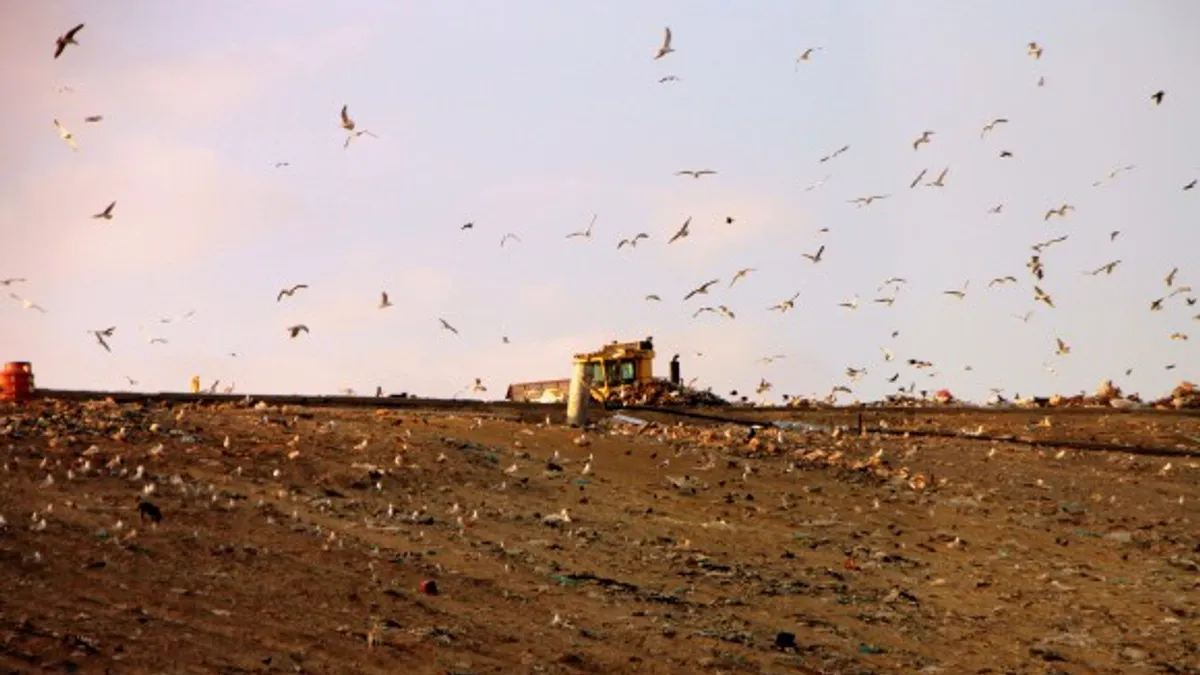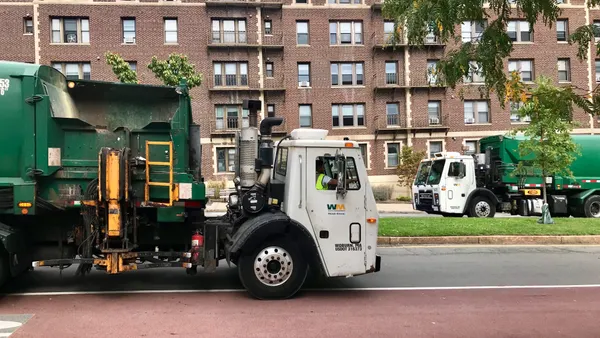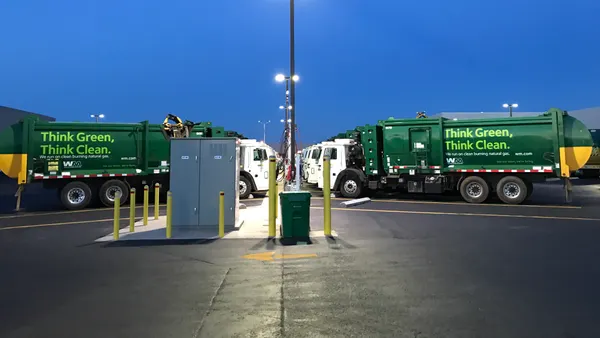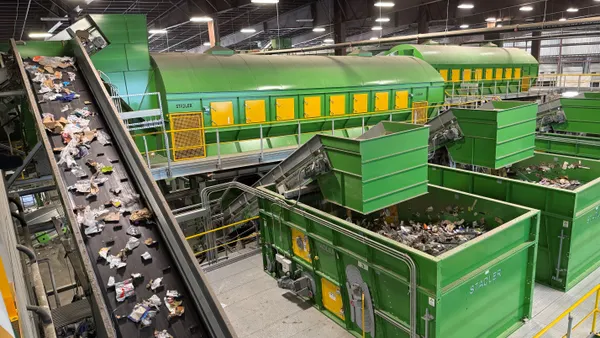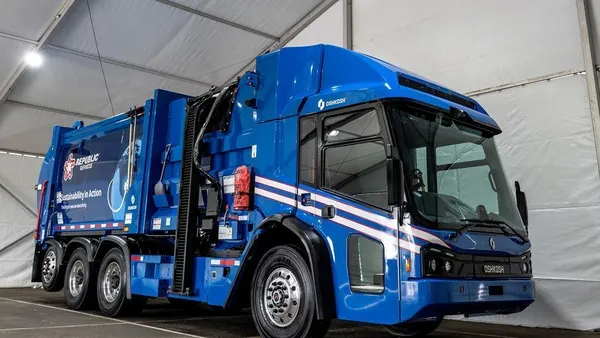Dive Brief:
- A new annual report from the Massachusetts Department of Environmental Protection (DEP) showed the amount of waste disposed in the state decreased slightly to 5.51 million tons in 2015, though exports increased and overall disposal capacity is on the decline, as reported by Mass Live.
- During 2015, waste exports jumped by 16% to 1.38 million tons. New Hampshire and Ohio were the top destinations, followed by Maine, New York, Connecticut, Vermont and Rhode Island. Waste imports saw a smaller increase to 500,000 tons.
- More than 70% of the waste disposed of within the state went to the seven operational waste-to-energy combustion facilities in 2015 and WTE capacity is projected to remain steady. Though the state's nine operational landfills could potentially shrink to one by 2021 — operated by Waste Management in Middleborough — if disposal rates aren't reduced and expansion permits aren't approved.
Dive Insight:
As part of a long-term master plan, the DEP aims to reduce disposal to 4.55 million tons by 2020, down from a baseline of 6.55 million tons in 2008. Starting this year, the DEP has said it will only be reporting on disposal reduction rates — not waste reduction or recycling diversion rates — to better focus on that objective. While waste export figures may be down from historic highs, and the DEP is touting the fact that disposal hasn't increased with GDP growth, it's clear that more action is needed to achieve their upcoming goal.
Even if the goal can be achieved, the state still won't have enough internal disposal capacity and exporting costs may rise. As seen with Casella's ongoing efforts to expand a site in the town of Southbridge, there is minimal public support for new landfill space and compliance costs could also increase at any sites that are allowed to grow. The construction of new WTE facilities in Massachusetts is also unlikely.
Ongoing concerns about disposal capacity have inspired multiple unsuccessful legislative attempts to mandate per capita reduction requirements and led more municipalities to adopt pay-as-you-throw programs. Since it was enacted in 2014, the state's disposal ban on organic waste from select commercial generators has also helped. More focus on diverting residential organics could reduce the need for disposal capacity, though comes with a more complex and costly set of factors than the current commercial approach.



